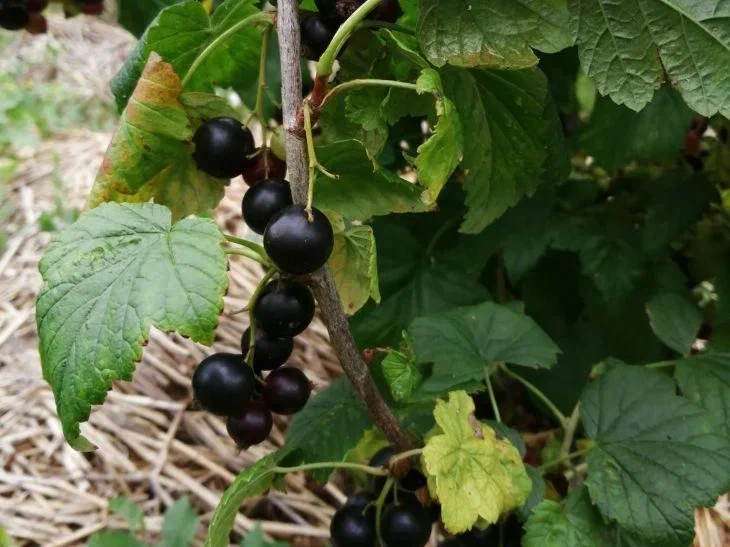- The effect of soda on the soil: changing acidity
- Consequences for currants: nutritional disorders
- Alternative methods of feeding: effective and safe
- Organic fertilizers: caring for nature and health
- Mineral fertilizers: replenishing nutrient deficiencies
- Correct fertilizing regime: timely application of fertilizers
- Disease prevention: the key to a healthy harvest
How to feed currants with baking soda: myths and reality
Currants are one of the most popular berry crops, valued for their unique taste, rich vitamin content and relative unpretentiousness.
However, to obtain a bountiful harvest of large and sweet berries, it is necessary to regularly feed the currants.
Anastasia Kovrizhnykh , an expert of the online publication "BelNovosti", an agronomist and landscape designer, told how to act in such a situation.
You can find a lot of folk advice on currant care on the Internet, including a recommendation to use baking soda as a fertilizer. But how justified is this approach and what consequences can it have for plants?
Baking soda, known as sodium bicarbonate, has alkaline properties.

Adding it to the soil helps neutralize acidity, promoting the growth of plants that thrive in alkaline conditions.
At the same time, currants feel best in slightly acidic soils, and increased alkali content can prevent plants from absorbing essential nutrients, which will negatively affect their health.
The effect of soda on the soil: changing acidity
Adding baking soda to the soil increases its pH, which means it becomes less acidic.
This can be useful in acidic soils where many plants are deficient in nutrients. However, in neutral or alkaline soils, adding soda can disrupt the nutrient balance and worsen conditions for plant growth.
Consequences for currants: nutritional disorders
Currant is a crop that prefers slightly acidic soils with a pH of 5.5-6.5. With an increase in soil pH, currants may experience a deficiency of iron, manganese and other microelements, which will lead to leaf chlorosis (yellowing), reduced yield and deterioration in the quality of berries.
Alternative methods of feeding: effective and safe
There are many effective and safe methods of feeding currants that will help you get a bountiful harvest of large and sweet berries.
Organic fertilizers: caring for nature and health
Natural sources of nutrition, such as compost, rotted manure, peat mixture and vermicompost, serve as ideal nutrition for currant bushes. They have a beneficial effect on the composition of the soil, stimulate the development of beneficial microorganisms and do not pose a threat to the environment.
Mineral fertilizers: replenishing nutrient deficiencies
Mineral fertilizers contain macro- and microelements necessary for currants. It is important to choose fertilizers specially designed for berry crops and follow the recommendations for dosage and application methods.
Correct fertilizing regime: timely application of fertilizers
Currants are fertilized several times per season.
• In spring, before the buds open: apply nitrogen fertilizers to stimulate plant growth and development.
• During the flowering and fruiting period: apply complex fertilizers with a high content of phosphorus and potassium to improve the quality of the berries.
• In autumn, after harvesting: phosphorus-potassium fertilizers are applied to prepare plants for winter .
Disease prevention: the key to a healthy harvest
To prevent currant diseases, it is important to follow agricultural practices.
1. Choose disease-resistant currant varieties.
2. Follow the rules for planting and caring for plants.
3. Inspect plants regularly for pests and signs of disease.
4. Carry out preventive treatments with fungicides and insecticides.
5. Remove and destroy affected plant parts in a timely manner.
Previously we told you how and with what to water roses so that they bloom profusely.
